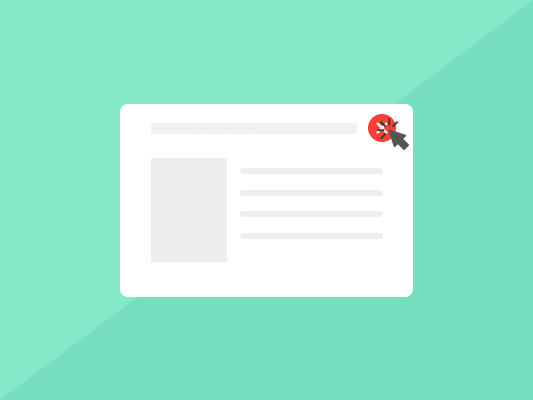This post aims to expound on bounce rate vs exit rate; the meaning behind bounce rates and exit rates, their differences, and how to reduce both in order to boost your conversions and revenue.
Website owners have a long history of investing time, money, brains, and sweat in bringing traffic to their sites.
However, most brand owners always fail to consider tracking how many of their visitors leave almost immediately after landing on their sites.
This is what we call bounce rate.
What’s more, even fewer marketers track how many visitors exit their landing pages after browsing other web pages on your website, i.e., exit rate.
This post aims to touch on the difference between bounce rate vs exit rate and how to reduce them so you can boost your conversion rate and revenue.
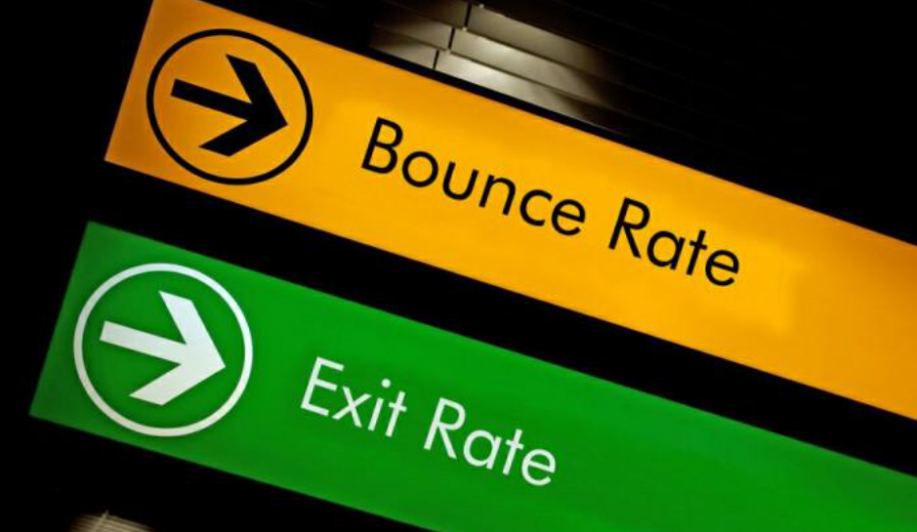
Bounce Rate
Bounce rate is the metric used to measure the number of people that land on your site but do absolutely nothing on your landing page.
Your audience won’t pick on any menu item or trigger any engagement with the site page visited.
As a result, the Google Analytics server won’t receive any trigger from the visitor.
In most instances, users bounce from your website when they don’t find your site informative or engaging.
Therefore, the visit often ends with a single-page visit.
As if this wasn’t stressful enough, several stats report that bounce rate ranks as the 4th most important ranking factor in search engine result pages.
So, what is bounce rate?
Simply put, a bounce occurs when a user enters your site right from the landing page without visiting any other posts on the site.
Visitors can bounce in several ways:
- Closing their browser window
- Clicking the back button taking the user to the previously visited page
- Typing another URL into the address bar
Exit Rate
Let’s assume that a user enters your website.
Then goes to another page.
Then another.
And another within your site then leaves.
In such an instance, the last page the user visited before leaving is referred to as the exit page.
Often, the exit page is used to determine your website’s exit rate.
Exit rate is the percentage of online users who exit your site after landing on your page.
Bounce Rate Vs Exit Rate: Difference Between Bounce Rate And Exit Rate
Exit rate is very similar to bounce rate, but with a few major differences that are worth considering.
For example, let’s say you land on page A of a website and hit the back button without initiating any other command on that page.
That’s both a bounce and an exit.
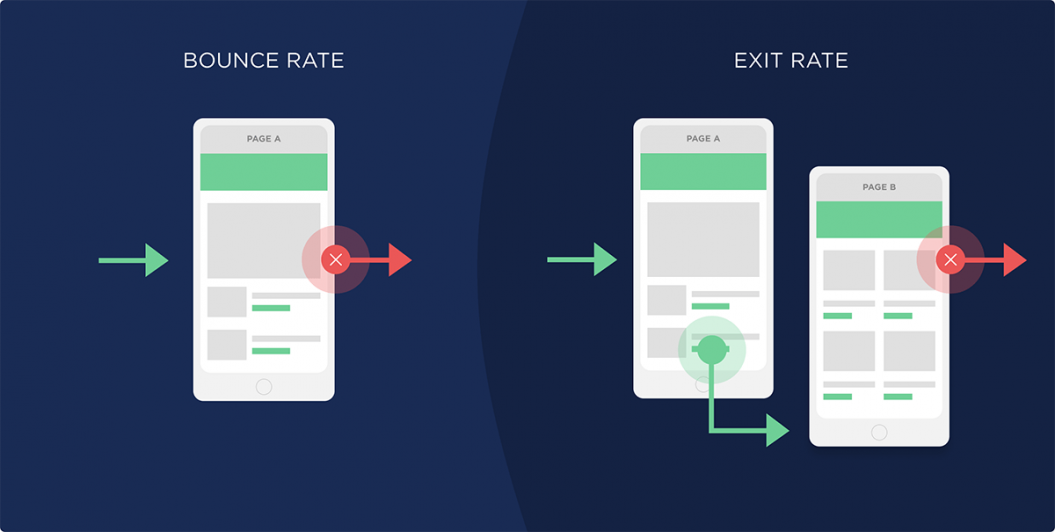
Let’s look at another example.
You land on page A of a website.
Then you click on a link on the page to land on page B.
After reading page B, you decide to close your browser.
Because you clicked on something on page A to land on page B, it doesn’t count as a bounce but an exit for page A.
And because you didn’t initially land on page B, it doesn’t count as a bounce for page B either.
With that said, because you left page B, that counts as an exit.
One of the best tools you can use to check your site’s bounce and exit rate is Google Analytics.
All bounces are exits, but not all exits are bounces.
Which Metric Is More Important?
Both metrics are important, depending on your website’s objectives.
The thing about bounce and exit rates is that both sound extremely useful.
However, both can be difficult to interpret correctly.
That said, what metric is more important?
It shouldn’t come as a surprise that both metrics are crucial depending on the website’s purpose.
A high bounce rate often signals issues with user satisfaction.
It can be in the context of the content, loading speed, site quality, etc.
A high exit rate is usually a sign of issues with your conversion funnel.
Therefore, it’s always vital that you choose the best metric to optimize your site based on the problem area you’re trying to tackle.
Exit rates show you problem areas and opportunities where you can optimize for improved conversion results.
Bounce rates only record the loss of online users when a user lands on a specific page directly, exit rates account for all exits.
Consider an e-commerce website.
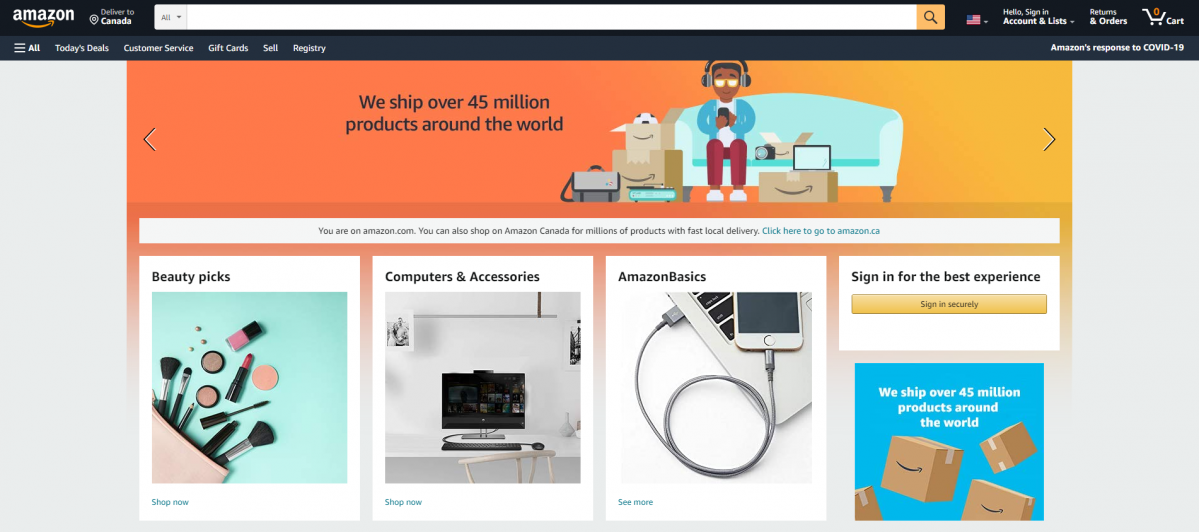
Most online users will arrive at the website from the home page.
From here, they’ll search for the product they’re interested in and travel to that product page.
Here, your exit rate will reveal much greater insights.
An extremely high exit rate on a product page might mean there’s something wrong with that product page or sometimes the product itself.
The key here is to determine what’s causing originally interested buyers to leave even after checking out a particular product.
As a result, it’s always wise not to ignore exit rates in favor of bounce rates.
Bounce Rate Vs Exit Rate: What Can You Do To Improve Them?
Did you know that some of the world’s best blogs have a bounce rate of over 80%?
If that doesn’t put your mind at ease when starting a new website, maybe this will.
Fewer bounce rates often only mean more page views.
Essentially, it may translate into more engagement, more revenue, or a stronger connection with your readers.
In contrast, an unusually high bounce rate often signals poor user experience.
This is why you must know how to lower bounce rate and exit rate.
How To Reduce Bounce Rate
1. Create Better Landing Pages Using Targeted Keywords With High SEO Value
As an online business, having more landing pages is always a good thing since it enables you to create a richer user experience.

Creating more landing pages will also boost your search click-through rate.
If you monitor your dashboard and notice that most people exit your website from the home page, it often correlates to high bounce rates.
Also, unlike a homepage, a landing page serves a singular and focused intent – to direct site users to a specific product/service and persuade them to click or buy.
Therefore, you should focus your efforts on creating better landing pages using high-volume keywords to boost your SEO and page views.
Companies that use more optimized and targeted keywords and increased their landing pages from 10 to 15 have reported over 55% increase in leads.
BiQ’s Keyword Intelligence allows users to gather critical data on keyword volume, trends, and keyword competition to improve their content value and potentially bring more traffic.
BiQ’s keyword analyzer feature will provide you with the best keywords that users are searching for online to help you plan your content.
BiQ’s Keyword Intelligence optimizes your content in such a way that it meets all your user’s needs.
2. Include Relevant Content Using Those Targeted Keywords
The keywords you use can make or break your entire content marketing campaign.
One of the best ways to improve your search performance is by targeting high-value keywords since that’s where there’s high-value traffic.
A perfect high-value keyword must have all of these important metrics:
- Traffic value
- Persona value
- Brand value
- Conversion value

Did you know that over 97% of Google’s revenue comes from advertising?
The bulk of their revenue originates from targeting expensive, high-value keywords.
Not all keywords are created equal.
Some will bring you more valuable traffic.
Others will probably string you along for results that won’t come.
With BiQ’s Content Intelligence feature, you can understand what’s more important to cover in your content and the best topics to use.
Assuming you also have a great keyword at hand, you can use your high-value target keyword with Content Intelligence to convert more high-value customers.
But simply writing content will not adequately get you your desired traffic or reduce your bounce rate.
BiQ’s Content Intelligence provides you with critical data to understand what content is relevant for your topic.
Consequently, this will reduce your bounce rate.
3. Have Clear Call To Action(s)
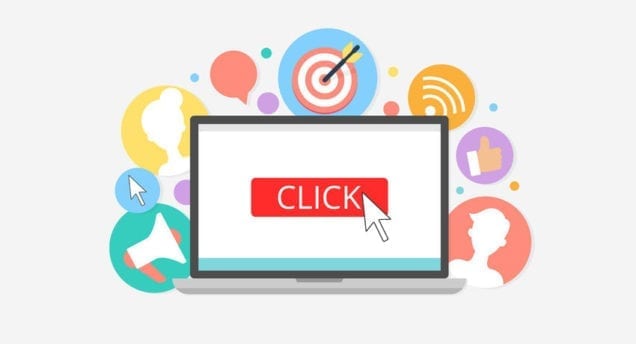
Now that you’ve successfully attracted visitors to your website and built their interest after engaging with your content, the next step is to have them convert with a strong CTA.
Remember, what you don’t want is to increase your exit rate.
And a weak CTA is one sure way of doing that.
So, you want to avoid this as much as possible and ensure that your visitor buys or at least thinks about it.
Ensure that you have a compelling CTA that will make the user want to click on it to see what you’ve got on the other side.
Therefore, every element matters when optimizing your CTA.
Even a seemingly small detail like changing the size of a button on your CTA can make a huge difference.
Remember that great calls to action improve site usability too, making your ideal customers stay on your site that much longer.
4. Insert Video/Image Content On Your Website
A study by Wistia found that adding videos to your pages is another excellent strategy that will more than double users’ average time on page.
Embedding videos can also lead to lower bounce rates and higher time spent on the page.
Keep in mind that these don’t necessarily have to be your videos.
Site owners can embed any video from YouTube and use them on their sites, provided they make sense on their pages.
Videos are highly engaging and much better at grabbing attention than texts or even images.
How To Reduce Exit Rate
1. Remove Content That May Be Distracting
Most websites rely on advertisements to generate revenue online, which is okay.
But still, obtrusive and annoying advertisements can seriously disrupt customer experience and possibly increase exit rates.
65% of users would block websites with too many ads.
Which is why more people are resorting to ad blockers.
Auto-play videos are even worse.
This content starts screaming at users from nowhere.
Unfortunately, even big brands don’t always get this right, and often get penalized for it.
Putting excessive destructive content on your site is one sure way of increasing your exit rates.
Reduce this obtrusive content.
You will see a reduction in your exit rate and an increase in revenue because visitors will stick around.
2. Ensure Your Content Is Easy To Digest
Writing content that is easy to read and understanding is the basis of what SEO is and what it was built on.
Reducing your exit rate is one of the main reasons to heed this advice.
It’s important that you don’t put too much content in one space.
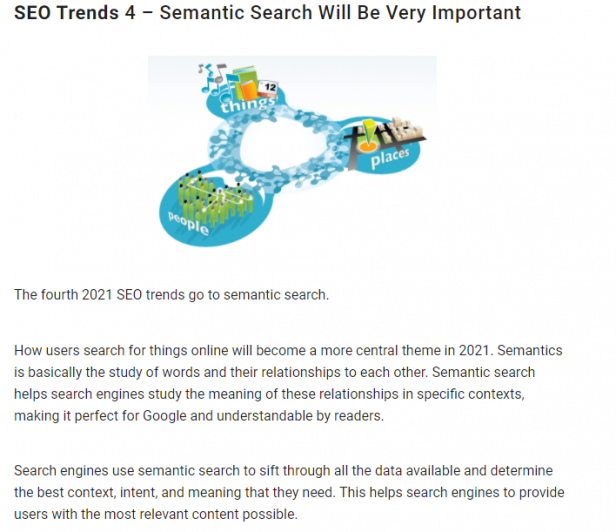
One of the best strategies is to break up your texts using things like lists and images.
These tools do more than just add variety to your content.
They also help to keep the user engaged and on your page longer.
Lists make complex information a lot easier to follow, while images tend to keep visitors on pages longer.
You can also break up larger paragraphs and let visitors easily scroll up and skip information on your page as needed.
Essentially, your goal here is to keep the reader happy at all times when on your web page. They are less likely to leave as quickly.
3. Plan Your User Flow And Website Exit Point(s)
When looking at exit rate, proper planning is crucial and often influences which pages become your exit points.
Your ideal exit point should be the success page where the customer leaves after consuming all the information from your website.
These are action “completed” pages meant more to perform some conversion function like a purchase or trial sign-up or even newsletter opt-in.
The easiest way to do this is by creating a visual layout of how visitors move through your website.
You can also add or highlight the intended exit point pages on your site for users to follow.
Overall, it’s important to identify and optimize all dead ends and use them as your exit point pages to reduce the exit rates on other pages.
4. Give Users A Reason To Continue Staying
Some pages are naturally the end of any visitor’s stay on your site.
But if you’re not yet ready to let them go, why not give them a reason to stay?
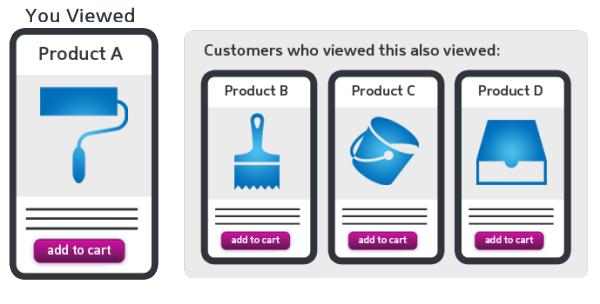
You can do this by adding links related to your website content that they will enjoy reading.
For example, you could add related products/services a shopper may be interested in on the exit page to keep them browsing through your website.
It’s more about how creative you can be here, really!
Conclusion
Being as you’ve reached the end of this post, it’s evident that you enjoyed it.
Exit rate vs bounce rate is a tricky subject.
When you understand these metrics better, you can boost your conversions and revenue significantly.
Both metrics are equally important and depend on what purpose you have for your website and each individual page.
Therefore, it’s important that you know all the issues you are trying to improve.
Know the best metrics to use based on the context of our optimization goals!
Good luck!



